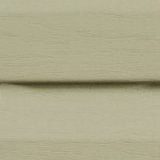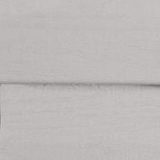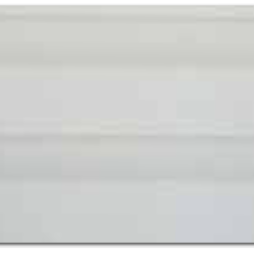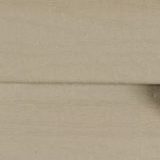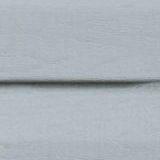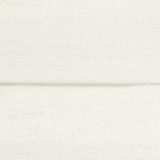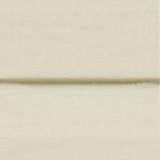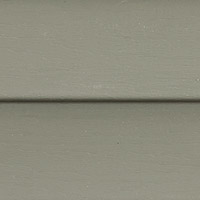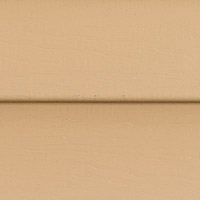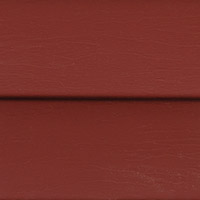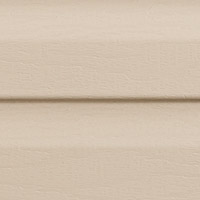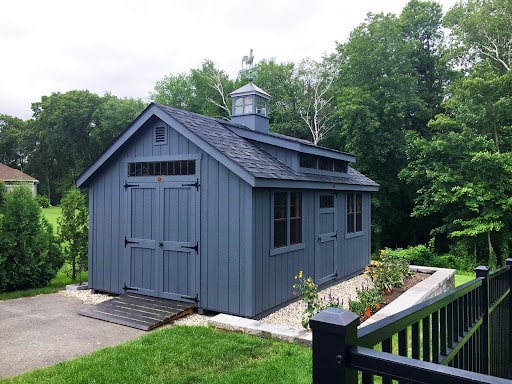
There are many different reasons purchasing a shed can be a long-term investment. Whether it’s a secure storage shed, a classic man cave, or an elegant she-shed, you’ll want to make sure your structure is going to last. One of the main factors to consider when browsing shed options is its siding.
Comparing wood vs. vinyl siding can seem overwhelming because of their unique advantages and disadvantages. However, after reading this blog, you’ll be able to confidently weigh the differences between wood siding pros and cons and vinyl siding pros and cons.
Comparing Wood Siding vs. Vinyl Siding
The easiest way to compare wood siding vs. vinyl siding is to break down the most important factors. Looking at the overall advantages and disadvantages of each material will give you a clearer picture of what shed siding is better suited for you and your outdoor space. This can be done by considering 4 main elements, which we will discuss below.
1. Appearance
The appearance of your shed can say a lot about your outdoor space. When choosing which siding is best for you, consider thinking about the aesthetic you wish to incorporate into your backyard theme or design.
For example, some homeowners prefer a more authentic, natural look which will drive them to be more attracted to wood siding. Others may want to complement or match the exterior of their home to their shed, which may be easier to do with a vinyl siding shed.
It’s important to remember that when it comes to the appearance of your structure, there really isn’t a right or wrong answer— it’s completely up to you and your style.
2. Durability
When buying a new shed, you want to be able to depend on it to last, which is why looking at vinyl siding durability vs. wood siding durability is important. There are two main factors you’ll want to consider when comparing these:
- Rot resistance
- Insect resistance
Any type of vinyl siding will be completely rot- and insect-resistant. Certain types of wood such as cypress, cedar, and redwood are naturally rot-resistant and insect-resistant. Engineered or composite wood is also extremely durable since it receives protective finishes in the factory.
However, it’s important to note that all types of wood, including those mentioned above, will require regular maintenance to remain intact while vinyl siding requires little to no maintenance over the years.
3. Price
Is wood siding cheaper than vinyl siding? It’s one of the most common questions asked by homeowners looking for a new shed. Unfortunately, the answer may not be as simple as you’d like. Generally speaking, the wood siding shed cost will be significantly less than the vinyl siding shed cost. However, it’s important to consider the costs of your shed in the long run as well as upfront.
For example, some people may prefer to spend more money on a vinyl siding shed because they are known for their low maintenance and may not require as many repairs or touch-ups in the future. On the other hand, some homeowners would rather spend less on a wood siding shed upfront and choose to put the extra work in so it stays in good condition for years to come.
4. Life Span
At Penn Dutch Structures, all sheds are built with quality materials that are made to last. However, you will find that wood and vinyl sheds have different lifespans. Even if you’re dedicated to maintaining your siding, the average wood shed will last a minimum of 20 years. On the other hand, vinyl sheds can last much longer, staying in good condition for up to 25+ years.
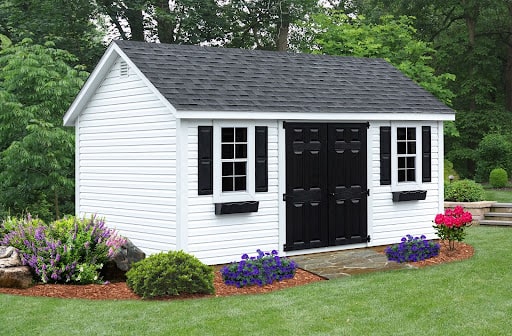
Wood & Vinyl Siding Options
Whether you’re remodeling an old shed or looking for something new, you want to make sure you’re happy with the end result. Because of this, it’s important to take the time to narrow down what you’d like the final product to look like.
Both wood and vinyl sidings offer a variety of options from board or plank styles to exterior colors. Continue reading to see what kind of choices you have as you decide on your shed siding.
4 Types of Siding Styles
The most common types of siding styles are available in wood or vinyl options. This means the installation of your siding won’t depend on the type of material you decide on using. Below, we’ve listed the 4 most popular siding styles you can choose from.
- Clapboards
Clapboard siding, also known as bevel siding, comes in long, thin planks that are installed horizontally into the structure’s exterior walls. This style of siding is unique because the boards are created at a slight bevel angle, resulting in planks that are thinner at one end. When the siding is installed, the thicker bottom edge overlaps the thinner upper edge.
- Tongue-and-Groove
Tongue-and-groove siding features planks that have interlocking or overlapping joints. When the planks are created, they’ll be designed with a tongue along one edge and a groove along the other.
This design allows the boards to fit securely into one another when they are installed. One of the advantages of this type of siding style is that the planks can be installed horizontally, vertically, or diagonally depending on your preference.
- Board-and-Batten
One of the most traditional siding styles is board-and-batten. This style consists of wide boards and narrow strips (battens). It gets its name from the technique used during installation.
While the wide boards are nailed vertically to the exterior walls, the battens are used to cover the vertical seams between each board. People prefer this type of siding because there’s no standard size.
- Shingles
Using shingles, or shakes, as your siding will give your structure a quaint, cottage look. The shingles are installed individually so they overlap each other, resulting in an excellent job of shedding rainwater. The nails will be completely covered, allowing for a clean-cut look.
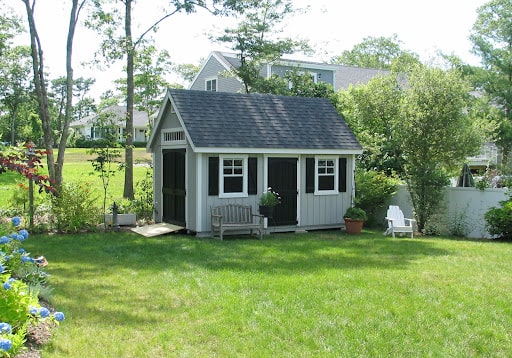
Types of Wood Used For Siding
There are many species of wood people can use as siding for their sheds. The price and maintenance needs will vary depending on the type of wood you choose, so make sure you weigh all the wood siding pros and cons before making a final decision.
- Cypress
- Cedar
- Fir
- Spruce
- Pine
- Redwood
- Engineered (Composite)
Types of Vinyl Siding
While vinyl siding is made up of the same material across the board, you still have a chance to customize your choice. When discussing vinyl siding pros and cons, you’ll come to realize a big perk is that you have a variety of color options to mix and match.
- White
- Sage
- Pewter
- Gray
- Cream
- Clay
- Blue
- Birchwood
- Almond
- Aspen
- Camel
- Mountain Berry
- Sandalwood
Build Your Dream Shed
Now that you have an idea of what type of shed you want for your backyard space, take a look at the shed styles and sizes we offer today.
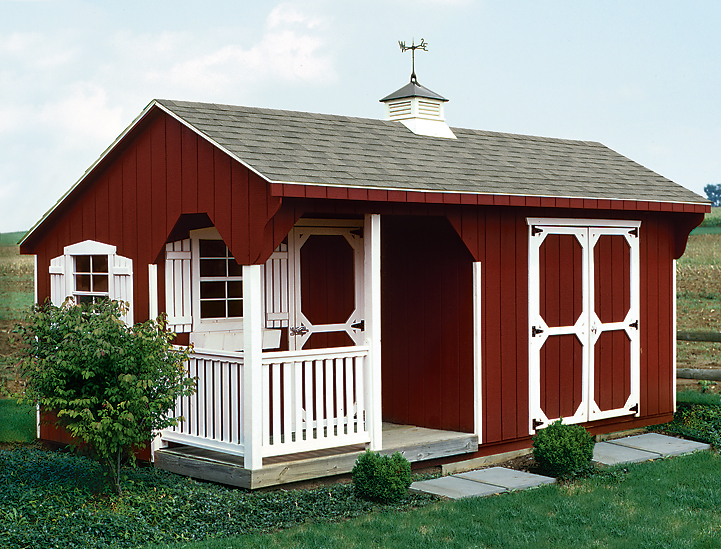
This blog was originally published on May 1, 2018. It was updated on Nov. 1, 2022.

